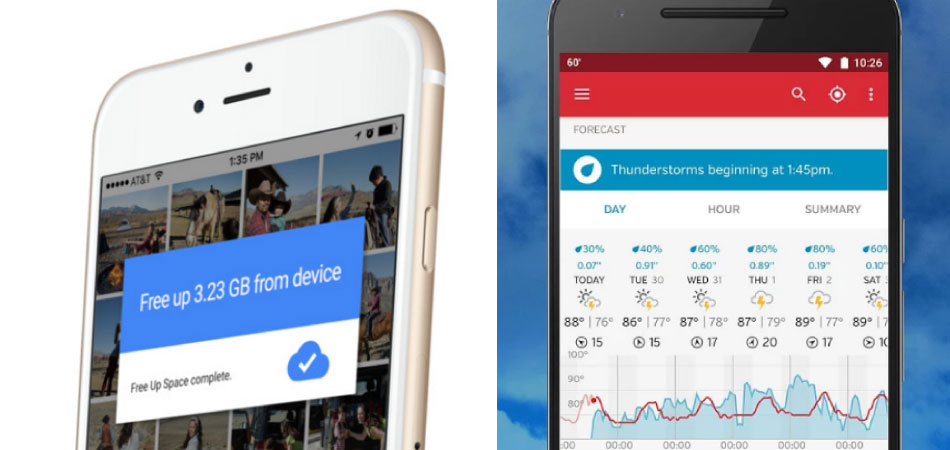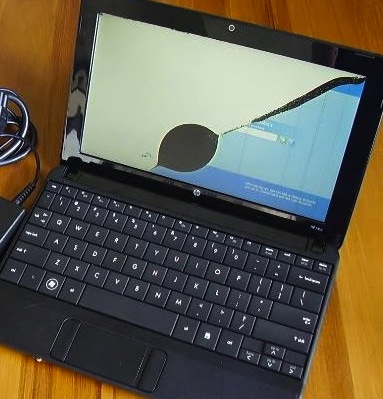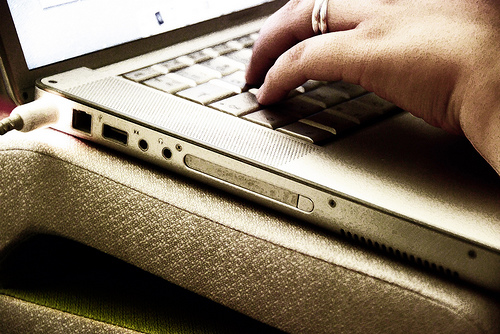If you’re wondering why these posts only include apps for iOS and Android phones, here’s a quick answer: You’ll notice in the table (below) that Android and iOS make up 99.6 percent of all smartphone sales from the fourth quarter of 2016. That’s a whole lot.
Worldwide Smartphone Sales to End Users by Operating System in 4Q 2016 (Thousands of Units)
| Operating System | 4Q16 Units | 4Q16 Market Share (%) |
|---|---|---|
| Android | 352,669.90 | 81.7 |
| iOS | 77,038.90 | 17.9 |
| Windows | 1,092.20 | 0.3 |
| BlackBerry | 207.9 | 0 |
| Other OS | 530.4 | 0.1 |
| Total | 431,539.30 | 100 |
Source: Gartner (Data released Feb. 2017)
Now on to the app recommendations.
Weather Underground
This is easily the most useful weather app I’ve ever come across. Weather underground displays a wealth of information in a way that makes sense and is easy to navigate. It’ll give you a look at how the temperature will change throughout the day, what time rain will likely start and/or end, the wind speeds throughout the day and so much more.
The app lets users report weather conditions too. So, if the forecast says it’s sunny and it’s not — you have the ability to report more accurate conditions. Weather Underground has a radar as well, which is most useful while trying to predict storm paths.
Weather Underground is available on iOS and Android for free.
Google Photos
https://youtu.be/aEK37MBTUPk
If you happen to own a Google Nexus or Pixel phone, the Google Photos app will already be installed on your device. But you don’t need one of those handsets to get most out of this app. Both Android and iOS devices can use Photos to backup photos and videos and free up space on handsets.
Photos will also help you find specific footage after it’s backed up. For example, when I want to find photos of my cat, I just search the Photos app for “cat” or “kitten.” That search will show all the photos of felines I’ve backed from my phone. You can search for people, places and things.


